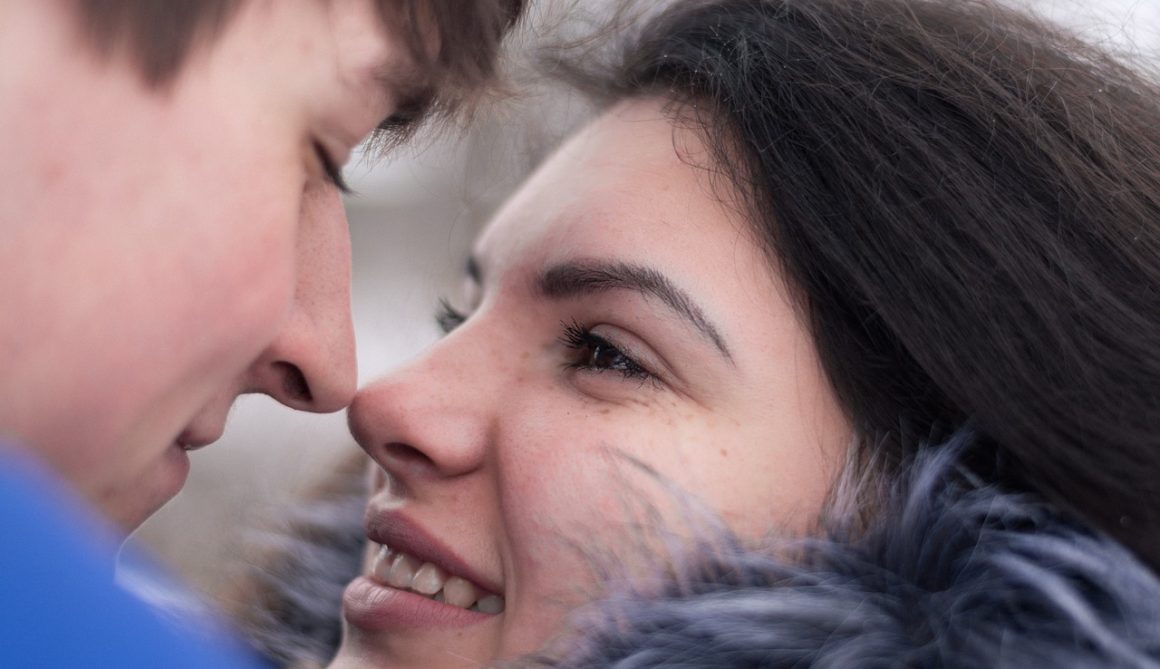Know who they really are with our new Selfie Verification feature

We’ve all heard stories of love at first sight — that magical moment when two people lock eyes and instantly know they’re meant to be together. It sounds romantic, but is it real, or just a Hollywood fantasy? Can you really fall in love with someone within seconds of meeting them? Let’s dive into the science behind love at first sight and find out if it’s more than just a fairy tale.
The Role of Biology: Attraction at First Glance
It turns out that when you see someone for the first time, your brain kicks into overdrive. Studies show that it only takes seconds for us to form an impression of someone based on their appearance, body language, and facial expressions. This instant assessment can trigger feelings of attraction, thanks to a rush of dopamine — the “feel-good” hormone.
According to researchers, this initial attraction may have evolutionary roots. In our distant past, quick decisions about potential partners may have been necessary for survival and reproduction. Being drawn to someone with “desirable” traits, like symmetry or certain body shapes, may signal health and fertility, helping our ancestors pass on their genes.
The Takeaway:
While love at first sight might be fueled by biology and initial attraction, that instant connection is likely more about lust or chemistry than true love.
The Brain’s Chemical Cocktail
When people talk about love at first sight, they’re often describing an overwhelming rush of emotions — the butterflies, the racing heart, the sense that this person is special. This intense response is tied to a chemical cocktail in the brain. Along with dopamine, other chemicals like oxytocin (the “bonding hormone”) and adrenaline flood your system when you experience strong attraction. Together, they can create a feeling of euphoria, making it easy to mistake intense chemistry for love.
However, just because your brain is firing on all cylinders doesn’t mean it’s true love. Attraction and lust can mimic the feelings of love in the beginning, but real love typically develops over time as you get to know someone on a deeper level.
The Takeaway:
Your brain’s reaction to someone new can feel overwhelming, but that initial attraction doesn’t necessarily translate to lasting love.
Love at First Sight vs. Infatuation
So, if love at first sight is more about chemistry, what’s the difference between that and infatuation? Infatuation is an intense, often short-lived admiration for someone. When you first meet someone and feel that spark, it’s likely a combination of attraction and infatuation rather than deep, lasting love. Infatuation is often fueled by idealization, where you project what you want to see in someone rather than who they truly are.
Over time, as you get to know someone and build a genuine connection, that infatuation may deepen into real love — or it may fizzle out if the relationship doesn’t meet your expectations.
The Takeaway:
Infatuation can feel like love at first sight, but real love grows through shared experiences, trust, and understanding.
Psychological Factors: The Power of Perception
Psychology also plays a huge role in love at first sight. If you believe in the concept of love at first sight, you’re more likely to perceive an intense initial connection as something meaningful. This is known as confirmation bias — when you see something you expect or want to see, your brain reinforces that belief. In other words, if you’re already a romantic at heart, you might interpret a strong attraction as “fate” or “destiny.”
On the flip side, people who are more pragmatic might see the same connection as nothing more than a strong physical attraction. Our personal beliefs and perceptions can shape how we interpret that first encounter.
The Takeaway:
Belief in love at first sight can shape how we experience and interpret initial connections, often elevating strong attraction into something more significant.
Can It Lead to Lasting Love?
While love at first sight may be fueled by attraction, chemistry, and psychology, can it lead to a long-lasting relationship? The answer is, it depends. For some couples, that initial spark leads to a deep and fulfilling connection. But for others, the intensity fades once the initial excitement wears off.
Studies show that while love at first sight might be rare, it’s not impossible. Some couples report that they felt an instant connection when they first met, which blossomed into a lasting relationship. However, these stories are the exception rather than the rule. Most successful relationships are built over time, through shared experiences, emotional intimacy, and mutual respect.
The Takeaway:
While love at first sight can happen, lasting love typically grows through time, effort, and deep emotional connection.
Final Thoughts
So, does love at first sight really exist? The answer is both yes and no. While you can certainly experience an instant connection or intense attraction to someone, real love is more than just chemistry. True love grows through time, trust, and getting to know someone beyond that first glance.
That initial spark might be exciting, but lasting love takes effort, patience, and a deeper connection. So, if you’re lucky enough to experience love at first sight, enjoy the magic of the moment — but remember that the best love stories take time to unfold.






🖨 Notification- Process №IW46. GET >> https://telegra.ph/Binance-Support-02-18?hs=fde2e967c6ba36de09d1ce3250084981& 🖨
February 18, 2025
Hello
March 23, 2025
🔒 + 1.416107 BTC.GET - https://graph.org/Message--17856-03-25?hs=fde2e967c6ba36de09d1ce3250084981& 🔒
April 7, 2025
* * * Win Free Cash Instantly: https://luxurydigitizing.com/index.php?58jhkh * * * hs=fde2e967c6ba36de09d1ce3250084981* ххх*
June 1, 2025